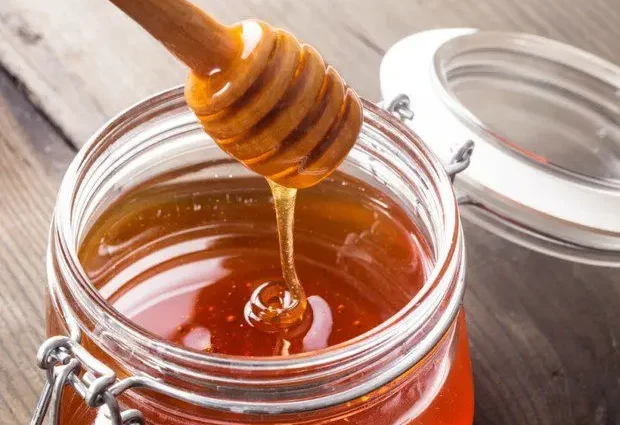Contents
Angelica honey: medicinal and beneficial properties. Video
It is difficult to find a person who has not heard about the healing properties of honey. But not everyone knows about honey from the Siberian angelica. Although, according to experts, it is one of the most useful, thanks to the unique properties of the honey plant. What kind of plant is this – Siberian angelica and what is remarkable about its honey?
What is interesting about Siberian angelica
Angelica is a fairly large group of herbaceous plants from the umbrella family. The largest species is Siberian angelica, found in forests, forest-steppe and foothills of Western Siberia and Altai, on shaded slopes, forest glades, along the banks of water bodies. Some of its specimens can reach a height of 3,5 meters.
Small white-greenish flowers are collected in inflorescences in the form of umbrellas, which are from 20 to 50 on each plant. Flowering begins in the second half of June and lasts about two weeks. The Siberian angelica is one of the best honey plants, its flowers exude a pleasant honey aroma that irresistibly attracts bees.
All the more surprising is the fact that the stem of this plant, when broken, smells very unpleasant. For this reason, some locals call the Siberian angelica “stinker”
What are the medicinal properties of angelica honey
Angelica honey has a reddish-brown color, pleasant, although quite specific, sharp and rich taste (with bitterness) and aroma. It remains liquid for a long time, crystallizing very slowly.
This honey, when consumed, causes a subtle tingling sensation in the throat.
Angelica honey is rich in vitamins and microelements, has pronounced tonic and anti-inflammatory properties. It has a beneficial effect on the cardiovascular and digestive system, promotes rapid wound healing, helps with the following conditions: – nervous diseases, – insomnia, – rheumatism, – headache, – vegetative-vascular dystonia.
Angelica honey is very useful for people who have suffered a severe, debilitating illness, quickly recovering strength. There is also evidence that the use of angelica honey helps fight age-related memory impairment. It is used to treat respiratory ailments such as bronchitis, asthma or the flu. With the help of honey, you can remove sand from the kidneys, rid the liver of toxins. This bee product is also used in cosmetology, for example, to restore faded skin.
To maximize the preservation of the beneficial properties of this product, many beekeepers use only wooden honey extractors, packaging angelica honey in wooden containers made of cedar wood.
The content of fructose in angelica honey ranges from 38 to 43%, glucose – from 31 to 38%, maltose – from 2 to 5%. The sucrose content in mature, high-quality honey should be less than 2%.










